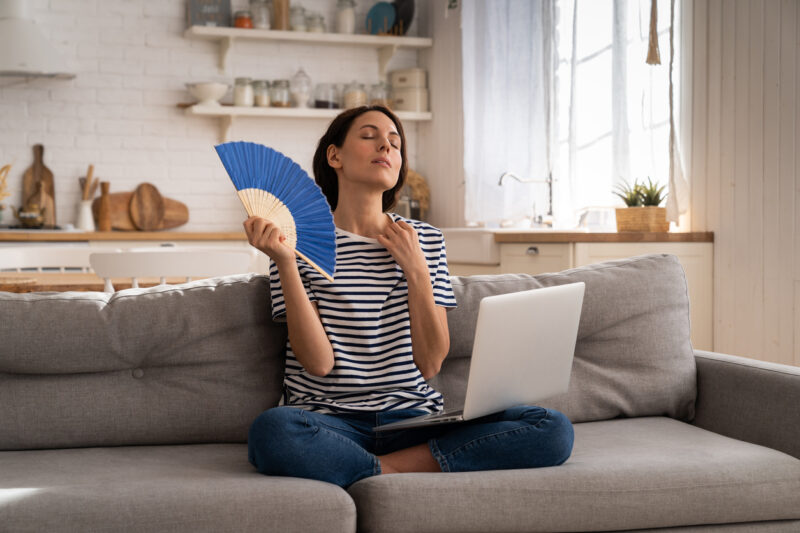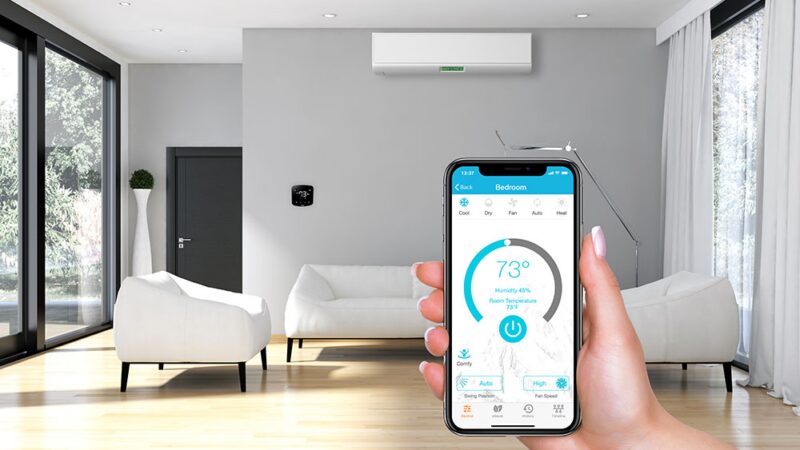Too often, we let our rooms get too warm or too dry, causing all sorts of problems. From mild headaches to severe asthma attacks, uncontrolled room temperature and humidity can wreak havoc on our health. In this blog post, we’ll teach you how to control your room temperature and humidity using a few simple tips. By following these steps, you can avoid many of the health problems that come with abnormal room temperatures and humidity levels.
What are Temperature and Humidity Monitors?
Temperature and humidity monitors are devices that measure ambient temperature and humidity levels in a specific area. Some models also include hygrometer readings to indicate the relative humidity levels in the environment.
They can be helpful in monitoring environmental conditions, such as whether a room is too hot or too humid. They can also be used to adjust the air conditioning or heating settings in a specific area. If you want to make them look stylish, you can do it by adding a decorative sticker or frame. You can also add a light to the monitor to help you see it in dark environments.
How to Control Your Room Temperature and Humidity?

Temperature and humidity monitoring can be done with a number of different devices, including indoor and outdoor sensors, hygrometers, and thermometers.
– One way to control room temperature is by opening and closing windows. This will allow warm air to escape, and cool air to enter, depending on the time of year.
– Another option is using a heater or air conditioner. Heaters are typically used in colder months, while air conditioners are used in hotter months. Make sure to turn off the devices when you’re not using them to avoid wasting energy.
– Finally, you can use a humidifier if your room is dry. Humidifiers help maintain moisture levels in the air, which can help reduce the chances of asthma symptoms and other respiratory issues.
What are the Benefits of Controlling it?
When it comes to keeping your room comfortable, controlling the temperature and humidity levels is a big part of the equation. Here are some benefits of doing so:
- Reduced symptoms from cold/flu: Controlling your room temperature and humidity can help reduce symptoms from colds and flu, because these conditions are commonly caused by an imbalance in air temperature and humidity.
- Better sleep: Keeping your room at a comfortable temperature and humidity level will help you get a better night’s sleep, because your body will be less likely to overheat or become too damp.
- Reduced stress levels: A comfortable environment can help reduce stress levels, because it creates a sense of relaxation and security.
- Reduced energy bills: Keeping your room at a comfortable temperature and humidity level can save you money on your energy bill, because you’ll use less energy to heat or cool the room than if it were too warm or humid outside.

Conclusion
There’s no doubt that controlling your room temperature and humidity is an important part of maintaining your hygiene and comfort level. Not to mention, it can also save you money on your energy bill. In this article, we’ve outlined the best way to control both room temperatures and humidity levels while also explaining some of the benefits of doing so. So, sit back, relax, and let us show you how to take charge of your environment in the most effective way possible!


